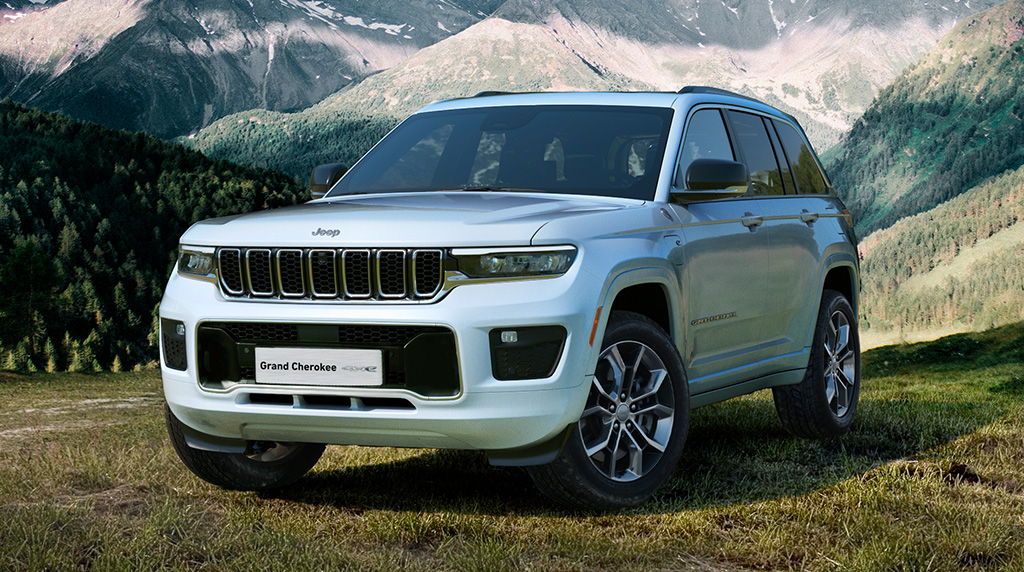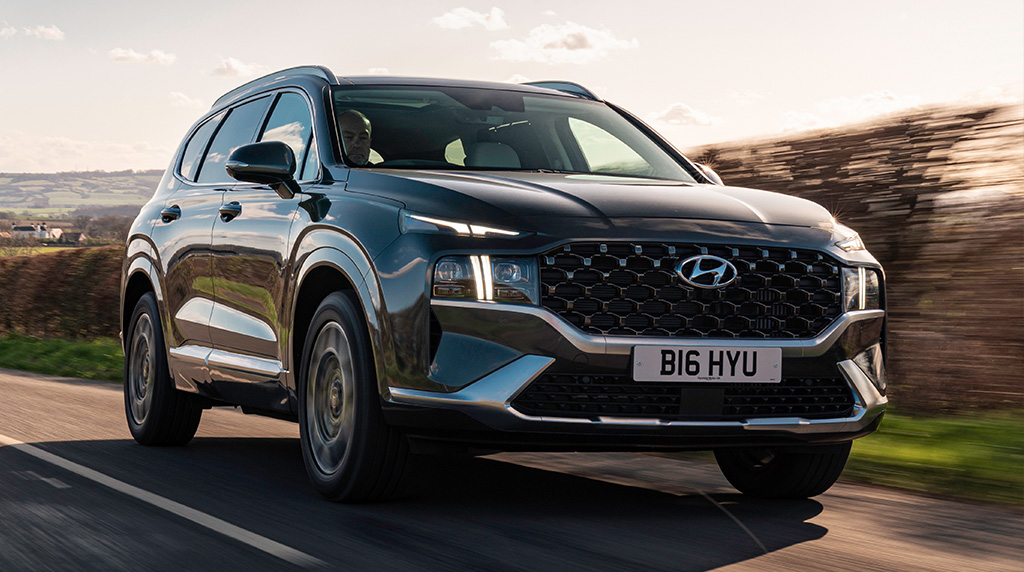To blame are worsening economic conditions that are playing out ahead of the previous COVID-related issues that plagued car-makers in the form of labour absenteeism, component shortages, shipping delays and retail closures.
Automotive News reported that analysts expect the market to remain flat for the rest of the year on weak supply.
They said that consumer sentiment has turned sour again amid persistent inflation, rising interest rates and borrowing costs, and depressed equity markets.
Fuel prices, after weeks of steady decline, are on the rise and the housing market, which also helps drive new-vehicle sales, notably fleet volume, has cooled considerably.
Analysts have been forced to cut their outlook for 2022 US light-vehicle sales, with some projections now below 14 million.
While sales were down at Stellantis and Nissan there were winners with Automotive News reporting that US sales for Tesla, Toyota, GM, Hyundai, Kia and Subaru rose in September.
Tesla was up 47.2 per cent in the nine months to September 30 compared with the same period in 2021, selling 342,700 units. For the third quarter, sales were up 46.9 per cent.
General Motors was down 7.2 per cent for the nine months but in the third quarter, posted gains of 24.6 per cent. Its Buick division was the only one of the four (Chevrolet, GMC and Cadillac being the others) to post a loss in the quarter. GM said fleet sales were up 66 per cent in the quarter.
GM finished the third quarter with 359,292 vehicles in dealer inventories – including vehicles in transit – an increase of 111,453 from the second quarter, and nearly three times the inventory recorded at the end of 2021’s third quarter.
Toyota Motor posted its first increase in monthly sales since July 2021, with volume last month rising 17 per cent, with a 21 per cent gain at the Toyota division eclipsing a 4.3 per cent decline at Lexus.
While the Toyota brand snapped a 13-month losing streak, Lexus sales have now dropped eight straight months year over year.
Still, Toyota’s third-quarter US sales slipped 7.1 per cent to 526,017, elevating GM to become the top seller in the period and year-to-date by healthy margins. Toyota said it ended September with a 20-day supply of cars and light trucks in the US, or 140,810 units, with 117,888 at ports or in transit and 22,922 in dealer stock.
Stellantis said “challenging industry supply constraints” were responsible for a 6.0 per cent drop in third-quarter volume, its fifth straight decline.
Its biggest brand, Jeep, showed an 18 per cent decline during the period largely because of a 53 per cent slump in deliveries of the Grand Cherokee, its biggest seller.
In other Stellantis brands sold in the US, Ram fell 4.0 per cent; Chrysler was up 39 per cent; Dodge rose 22 per cent; Fiat slumped 48 per cent; and Alfa Romeo was down 24 per cent.
Data showed that Honda was also down, falling 17 per cent as a result of the 18 per cent drop at the Honda division and 13 per cent down at Acura. Sales have now declined 14 straight months at Honda and 13 consecutive months at Acura.
American Honda Motor Company vice president of auto sales, Mamadou Diallo told Automotive News that “the auto industry seems to be hit by one challenge after another with transportation issues and parts shortages, the efforts of our dealers helped achieve strong turn rates that maximise the available inventory for our customers.”
“The pipeline is getting stronger with the expectation that increased production in the fourth quarter will support important upcoming all-new model introductions, such as the CR-V, CR-V Hybrid and Pilot.”
Nissan’s third-quarter sales dropped 23 per cent behind a 24 per cent decline at the Nissan division, while Infiniti ended a four-quarter slump with a 5.4 per cent gain in the latest three-month period.
Hyundai volume rose 11 per cent to 59,465 last month on what it said was record retail volume. The company has prioritised retail deliveries to maximise profits and leverage tight new car and light-truck stockpiles, forgoing fleet business for nine consecutive months now.
Hyundai Motor America CEO Randy Parker said the company was generating month-over-month gains in part to a strong product lineup — SUVs represented 68 per cent of September retail sales, a 1.4 percentage point increase — “with plenty of cars in the pipeline for the remainder of the year.”
Its luxury division Genesis reported September sales of 4907, a gain of 0.8 per cent over 4867 deliveries a year earlier. It has posted year-over-year sales growth 22 straight months, with year-to-date deliveries up 19 per cent.
Kia’s volume last month rose 6.4 per cent to 56,270 units to give it a September record. It was Kia’s second consecutive monthly gain year-over-year.
Automotive News said that Kia continued to benefit from an expanded crossover lineup and new electric vehicles.
Volkswagen Group said third-quarter US sales rose 12 per cent to 88,820 units, ending a run of four consecutive quarterly declines, built mainly on a 24 per cent gain in SUV and ute sales.
Subaru also did well, posting its second consecutive monthly gain with September sales rising 8.6 per cent, with the Crosstrek (XV) setting a monthly record of 16,092 deliveries, up 36 per cent.
But Mazda sales fell for the sixth straight month with September down 1.1 per cent to 23,700.
Among other luxury brands, third-quarter sales rose 3.2 per cent at BMW and 8.5 per cent at Porsche.
By Neil Dowling
















 Read More: Related articles
Read More: Related articles

